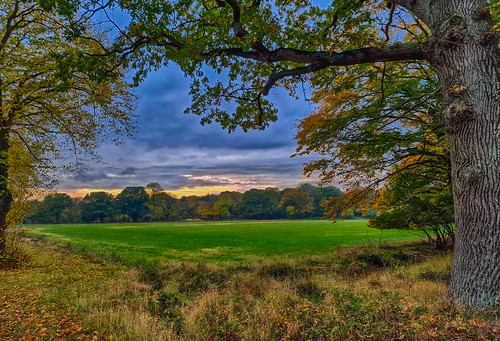Lake That Reappeared Is Killing Migrating Birds
New Week #NewWeek

An outbreak of toxic bacteria in California’s newly reformed Lake Tulare is killing birds stopping off at the lake on their migrations.
Two dead birds collected from the lake—a mallard duck and a white-faced ibis—have tested positive for avian botulism caused by toxin type C, the California Department of Fish and Wildlife (CDFW) said in a statement Tuesday.
It comes as Lake Tulare, a previously dried-up lake in the San Joaquin Valley, grew nearly as large as Lake Tahoe due to an influx of meltwater from this winter’s record-breaking snowpack in the Sierra Nevada mountains.
Stock image of a group of mallard ducks flying. Migrating birds at Lake Tulare are getting sick with avian botulism due to a surge of Clostridium botulinum in the water. ISTOCK / GETTY IMAGES PLUS
Avian botulism type C is one of several neurotoxins produced by the bacterium Clostridium botulinum. Type C toxins are usually not associated with any kind of human botulism, mostly impacting shorebirds and waterbirds.
Clostridium botulinum bacteria live in bodies of freshwater, and can reproduce at a high rate when the water is warm, or filled with large amounts of aquatic vegetation and bird feces. The birds can then ingest the toxin from the water as they feed, or via invertebrates that the birds eat.
The toxin impacts the peripheral nervous system of the birds, causing paralysis first in their legs and wings, followed by their necks and respiratory function.
The amount of toxin consumed by the birds is directly correlated with the degree of paralysis and therefore the mortality rate in a given area, the CDFW explained.
As the birds die, their carcasses only exacerbate the issue, as their decomposing bodies in the water help provide the ideal environment for Clostridium botulinum to thrive.
Millions of birds are expected to pass by the area in the coming months as part of the autumn migration south, putting them at risk of consuming the toxins in the lake’s water if they stop to rest or feed.
“Many long-distance migrant birds depend on stopover sites to rest and ‘fuel up’ by feeding enough to reacquire fat that will provide energy for the next leg of the trip,” Tom Langen, a professor of wetlands ecology at Clarkson University in New York, previously told Newsweek.
“Birds, because they fly, can store only so much fat, not enough to make the whole trip. This is especially true for small birds. So safe, food-rich stopover sites are crucial.”
There was an outbreak of avian botulism in a previous occurrence of Lake Tulare re-filling thanks to a glut of meltwater: in 1983, around 30,000 birds died as a result of Clostridium botulinum growth in the newly reformed lake.
The two birds were also found to have low pathogenic avian influenza viruses, different to the highly pathogenic viruses that are currently infecting and killing a large number of birds across the U.S.
Of 13 birds tested at Lake Tulare, three tested positive for these viruses, which naturally circulate among waterbirds, with the majority of infected birds not showing any symptoms.
Tulare refilled rapidly this spring as a result of large volumes of meltwater descending from the snowpack in the Sierra Nevadas, which accumulated to record levels due to a series of powerful atmospheric river snowstorms over the course of the winter months. By May, Lake Tulare’s water covered more than 160 square miles, but by June, water levels had started to slowly decline again.
The CDWF hopes to monitor the lake and surrounding area to manage potential issues posed by the migration season.
“Residents in the Tulare Lake Basin are encouraged to report incidents of wildlife mortality to CDFW using the web-based mortality reporting form or by contacting the Central Region CDFW office,” the CDFW statement read. “These reports are important and help biologists monitor conditions for wildlife in and around the lake.”
Do you have a tip on a science story that Newsweek should be covering? Do you have a question about avian botulism? Let us know via science@newsweek.com.